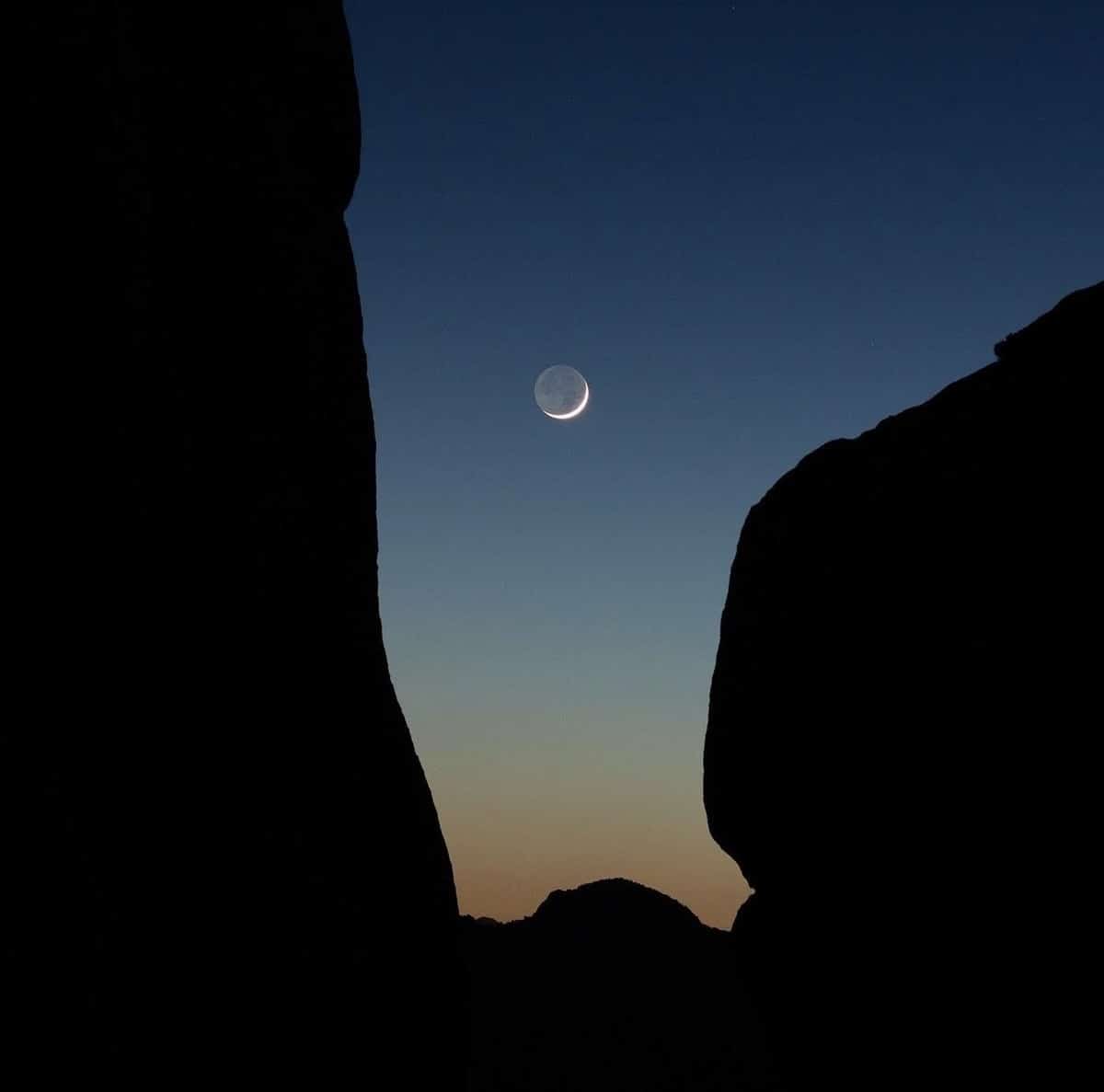In April 2024, the heavens will once again grace Earth with a mesmerizing celestial event: a total solar eclipse. Eclipses have long captivated humanity, inspiring awe and wonder as the moon momentarily obscures the sun, casting a fleeting shadow upon our planet. The 2024 eclipse promises to be a spectacle of unparalleled beauty, drawing skywatchers from around the globe to witness this cosmic ballet.
**What is an Eclipse?**
An eclipse occurs when one celestial body passes in front of another, obscuring its light. In the case of a solar eclipse, the moon moves between the Earth and the sun, blocking all or part of the sun’s light. This alignment is only possible during a new moon when the sun, moon, and Earth are in perfect alignment along the same plane.
There are several phases to a solar eclipse:
1. **Partial Eclipse**: At the beginning of the eclipse, the moon starts to move in front of the sun, gradually covering a portion of its disk. This phase is known as the partial eclipse and is visible from a wider region on Earth.
2. **Total Eclipse**: As the moon continues its journey across the sun’s face, it eventually covers it completely, resulting in a total solar eclipse. During this brief period, the sky darkens to twilight, stars become visible, and the sun’s outer atmosphere, the corona, becomes visible to the naked eye. Totality is a breathtaking experience, eliciting gasps of wonder and amazement from those fortunate enough to witness it.
3. **Diamond Ring Effect and Baily’s Beads**: Just before and after totality, observers may catch glimpses of the sun’s surface shining through the rugged terrain of the moon, creating the stunning diamond ring effect and Baily’s beads.
4. **End of Totality**: After a fleeting few minutes, totality comes to an end as the moon continues its journey across the sun’s disk. The sky gradually brightens again as the partial eclipse phase begins anew.
**The 2024 Eclipse: Path of Totality**
The 2024 eclipse is eagerly anticipated by astronomers and sky enthusiasts alike, as it will cast its shadow across a swath of North America. The path of totality, where the sun will be completely obscured by the moon, will stretch from the southwestern United States, crossing through states such as Texas, Oklahoma, Arkansas, Missouri, Illinois, Indiana, Ohio, New York, Vermont, and Maine, before making its way out over the Atlantic Ocean.
Major cities such as Dallas, Indianapolis, Cleveland, Buffalo, and Montreal lie within the path of totality, offering millions of people the chance to witness this extraordinary event firsthand. Outside the path of totality, a partial eclipse will still be visible across much of North America, providing an opportunity for even more people to experience the celestial wonder.
**Preparing for the Eclipse**
For those planning to witness the 2024 eclipse, proper preparation is essential. Viewing the sun directly without proper eye protection can cause permanent eye damage or blindness. Specialized solar viewing glasses or solar filters must be used to safely observe the eclipse. Additionally, indirect viewing methods, such as pinhole projectors or solar telescopes, offer a safe way to experience the eclipse without risking eye injury.
It’s also important to plan ahead and choose a suitable viewing location with a clear view of the sky, away from obstructions such as tall buildings or trees. Arriving early and being prepared for large crowds is advisable, as popular viewing spots may become crowded as eclipse day approaches.
**A Celestial Celebration**
The 2024 eclipse promises to be an unforgettable celestial event, bringing together people from all walks of life to marvel at the beauty and grandeur of the cosmos. Whether experienced from the heart of the path of totality or from outside its boundaries, the sight of the moon’s shadow racing across the sun will inspire awe and wonder, reminding us of our place in the vast tapestry of the universe. So mark your calendars, gather your viewing equipment, and prepare to witness one of nature’s most awe-inspiring spectacles: the 2024 total solar eclipse.








